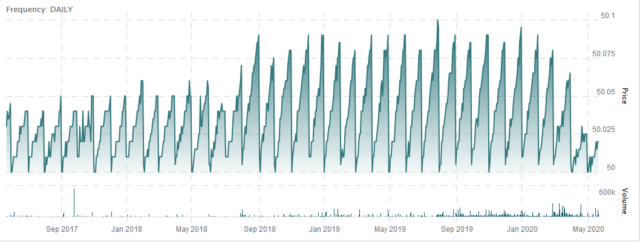Late Night Finance with Sacha, Episode 3
Date: Thursday, May 21
Time: 9:00pm, Pacific Time
Duration: Projected 1 hour.
Where: Zoom
Frequently Asked Questions:
Q: What are you doing?
A: I’m going to be running a TSX stock screen and doing some very rapid research on some candidates for an hour. Questions during this presentation, both on and off topic, are accepted.
Q: Why are you doing this?
A: Continuing my experimentation in video broadcasting. Who knows, I might learn something from you as well.
Q: Why so freaking late? I live in the eastern time zone.
A: It is late night finance, is it not? I might do ‘afternoon finance’ another time, but not this time.
Q: How do I register?
A: Send sacha@divestor.com an email. Subject line “Late Night Finance May 21”, and in the message body tell me what city and province/state you’re from (or if you’re international, city and country). I’ll reply later (no later than Thursday 8pm) with the zoom channel and passcode to get in.
Q: Are you trying to spam me, try to sell me garbage, etc. if I register?
A: I can hardly manage a mailing list without breaking my own website, what makes you think I will spam you? No, if you register for this, I will not harvest your email or send you any solicitations. Also I am not using this to pump and dump any securities to you, although I will certainly offer opinions on what I see.
Q: Why do I have to register? I just want to be anonymous.
A: I’m curious who you are as well.
Q: If I register and don’t show up, will you be mad at me?
A: No.
Q: Will you (Sacha) be on video (i.e. this isn’t just an audio-only stream)?
A: Yes. You’ll get to see me.
Q: Will I need to be on video?
A: I’d prefer it, and you are more than welcome to be in your pajamas. No judgements!
Q: Can I be a silent participant?
A: Yes.
Q: Is there an archive of the video I can watch later if I can’t make it?
A: No. Eventually when I figure out a good procedure I will enable this.
Q: Is there a limit to the people that can participate?
A: Zoom limits me to 100. I really hope the number isn’t higher than 10.
Q: Will there be some other video presentation in the future?
A: Yes.
